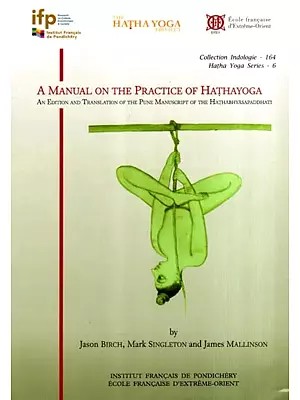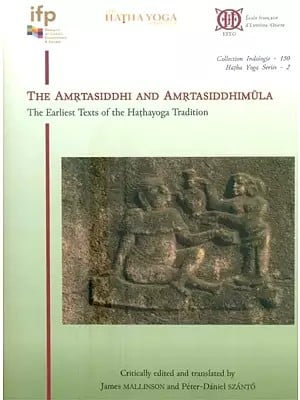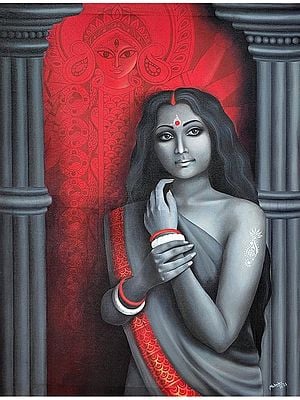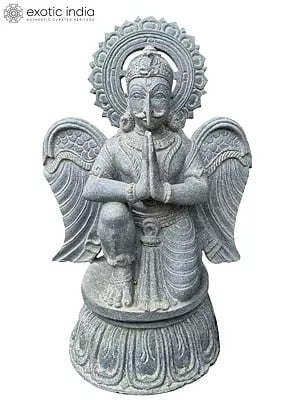The Amrtasiddhi and Amrtasiddhimula- The Earliest Texts of the Hathayoga Tradition
| Specifications |
| Publisher: Institut Francais De Pondichery | |
| Author: James Mallinson and Peter Daniel Szanto | |
| Language: Critical Sanskrit Text With English Translation | |
| Pages: 216 | |
| Cover: PAPERBACK | |
| 9.50 X 7.00 inch | |
| Weight 420 gm | |
| Edition: 2021 | |
| ISBN: 9782855392455 | |
| UAD633 |
| Delivery and Return Policies |
| Ships in 1-3 days | |
| Returns and Exchanges accepted within 7 days | |
| Free Delivery |
Peter-Daniel Szanto started his studies in Tibetology and Indology at Eotvos Lorand University, Budapest. He defended his doctorate in Oxford, prepared under the supervision of Alexis Sanderson, and then held several post-doctoral positions (Merton College, University Hamburg, and All Souls College). He is currently working at the University of Leiden. His research focuses mainly on the history and literature of tantric Buddhism in South Asia.
The text is edited here from twelve manuscripts and a variety of testimonial including citations and unacknowledged recycling. The Amrtasiddhi was first brought to modern scholarly attention by Kurtis Schaeffer in an article published in 2002, whose observations were based upon the bilingual (Sanskrit and Tibetan) manu-script we identify with the signup C, which in the 199os was in the Library of the Cultural Palace of Nationalities in Beijing.
In zoo8 James Mallinson read the text of the Amrtasiddhi for the first time in one of its two c. 19th-century manuscripts in the collection of the Man Singh Pustak Prakash library in Jodhpur. The originality and coherence of its teachings in comparison with those of other texts on hathayoga alerted him to its importance for understanding hath yoga’s history and he decided to collate all available manuscripts of the text in order to edit it critically. A preliminary edition, based on the Jodhpur manuscript together with one of four manuscripts digitized by the Nepal-German Manuscript Preservation Project, was read in Oxford in zone with Alexis Sanderson, Peter-Daniel Szanto, Jason Birch and Paul Gerstmayi.
Book's Contents and Sample Pages
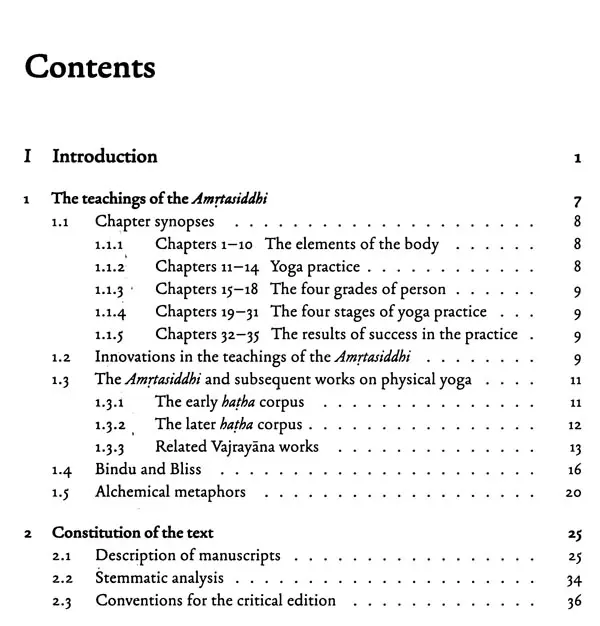




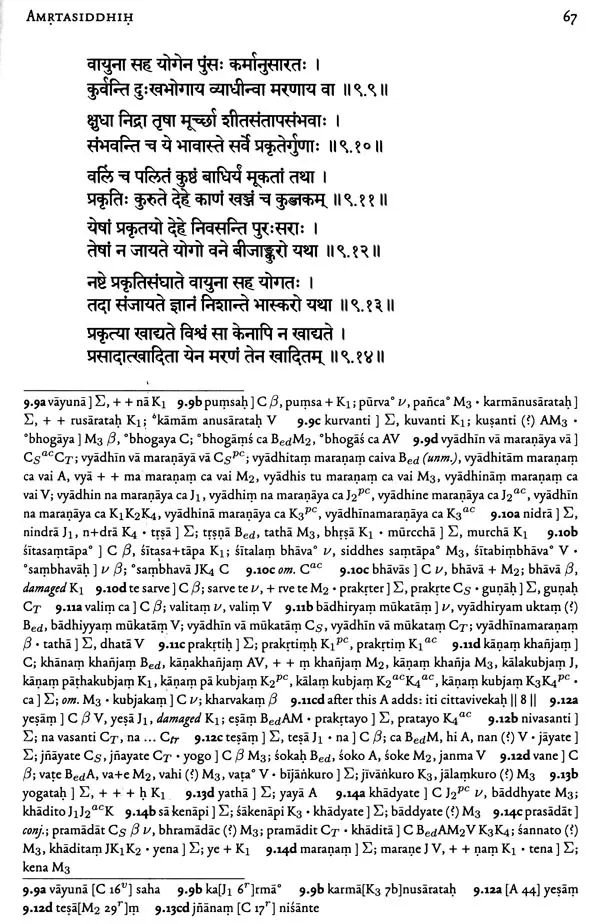



-
Q. What locations do you deliver to ?A. Exotic India delivers orders to all countries having diplomatic relations with India.
-
Q. Do you offer free shipping ?A. Exotic India offers free shipping on all orders of value of $30 USD or more.
-
Q. Can I return the book?A. All returns must be postmarked within seven (7) days of the delivery date. All returned items must be in new and unused condition, with all original tags and labels attached. To know more please view our return policy
-
Q. Do you offer express shipping ?A. Yes, we do have a chargeable express shipping facility available. You can select express shipping while checking out on the website.
-
Q. I accidentally entered wrong delivery address, can I change the address ?A. Delivery addresses can only be changed only incase the order has not been shipped yet. Incase of an address change, you can reach us at help@exoticindia.com
-
Q. How do I track my order ?A. You can track your orders simply entering your order number through here or through your past orders if you are signed in on the website.
-
Q. How can I cancel an order ?A. An order can only be cancelled if it has not been shipped. To cancel an order, kindly reach out to us through help@exoticindia.com.

















